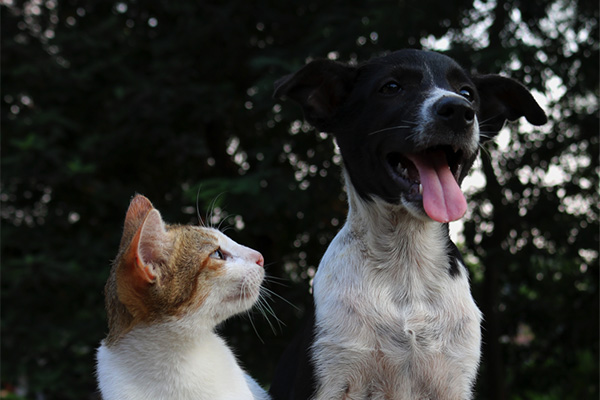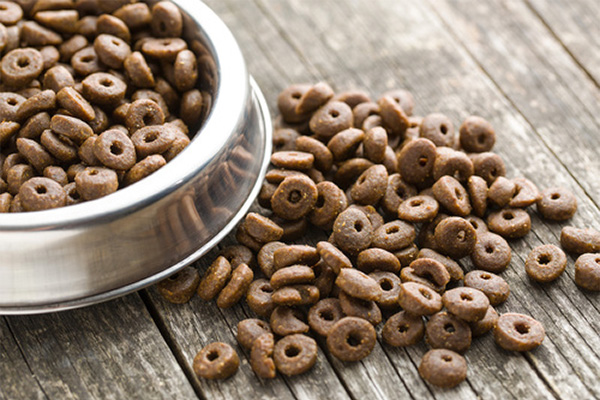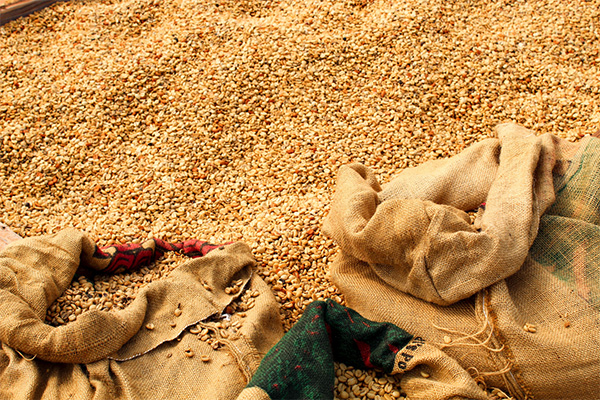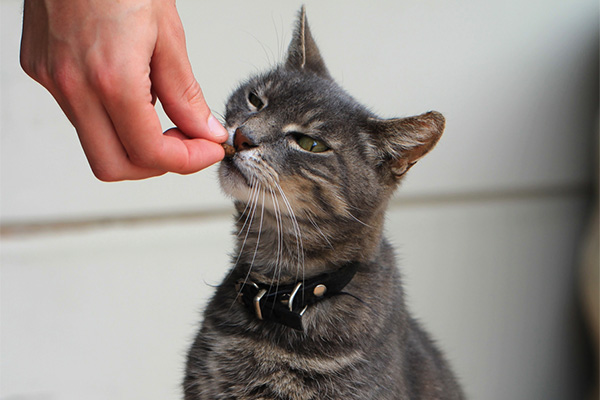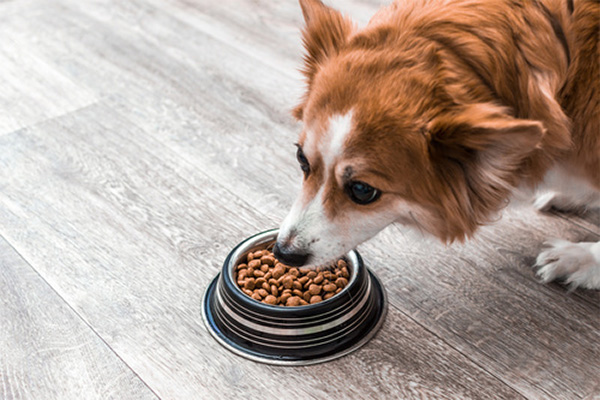Essential fatty acids are those that must be provided in the diet as they cannot be produced in the body. The cat and dog’s requirement for fatty acids may change according to their life stage e.g. during growth or due to a specific health condition.
READ MORE IN OUR DEDICATED FACTSHEET











.jpg)


